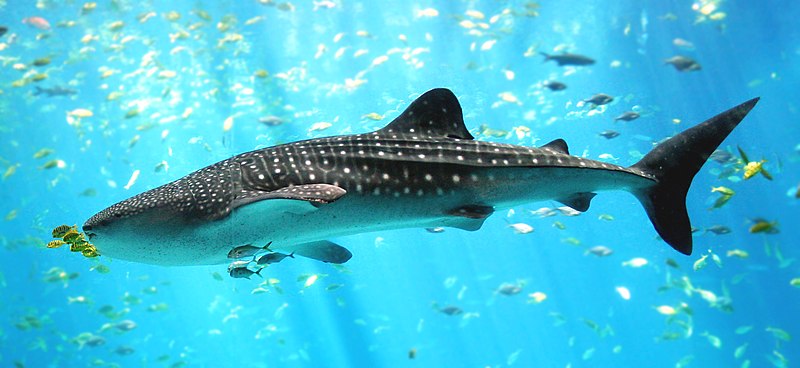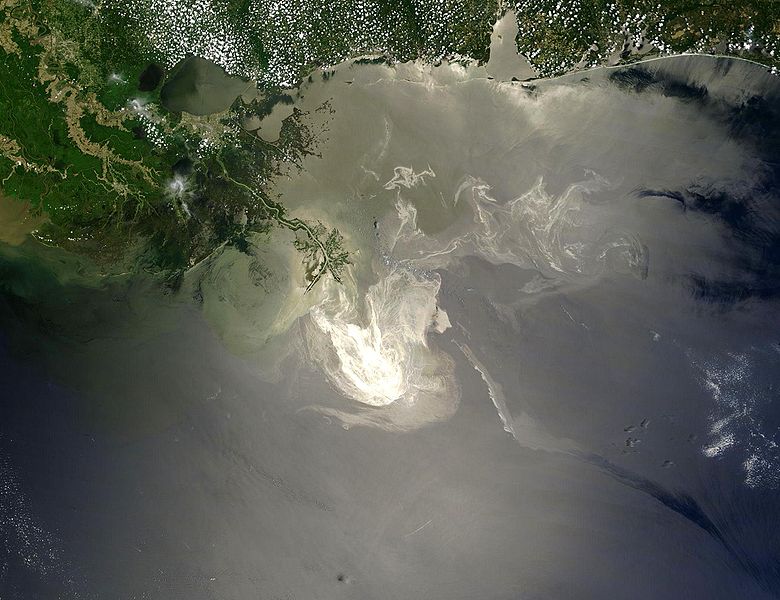Hi, Cory here. In light of Hurricane Alex, I thought I’d take the time to timeline recent activities and speculate on some potential impacts of the Hurricane Season in general on the Gulf Clean-up and wildlife.
 July 2nd, Day 73 will hopefully bring oil skimmers back into the gulf of Mexico. The skimmers have been inactive since the middle of the week, due to Hurricane Alex. Alex formed in the southern Caribbean and moved northwest over the Yucatan Peninsula and into the Southwestern part of the Gulf of Mexico. From there, Alex moved west, into the far northeastern portions of Mexico as a Category 2 hurricane. While never posing a direct impact to the oil spill, Alex has affected the cleanup efforts and raised many new questions about what a hurricane may do if the oil spill location is directly impacted.
July 2nd, Day 73 will hopefully bring oil skimmers back into the gulf of Mexico. The skimmers have been inactive since the middle of the week, due to Hurricane Alex. Alex formed in the southern Caribbean and moved northwest over the Yucatan Peninsula and into the Southwestern part of the Gulf of Mexico. From there, Alex moved west, into the far northeastern portions of Mexico as a Category 2 hurricane. While never posing a direct impact to the oil spill, Alex has affected the cleanup efforts and raised many new questions about what a hurricane may do if the oil spill location is directly impacted.
Despite the center of Alex being over 600 miles away from the disaster, waves were being reported around 6-8 feet, with some higher swells. This sidelined hundreds of oils skimmers and made the oil booms ineffective. With increased seas and a driving southeastern wind, the oil slick was pushed away from the Florida coastline right into the Louisiana coastline. This is causing oil to enter wetlands and marshes that have not yet been affected, and areas that were cleaned up previously.
With the Gulf of Mexico and much of the Atlantic Ocean running 0.5 to as much as 3 degrees above average in temperature along with the forecast for an above average hurricane season, capping the oil spill as quickly as possible has become an even greater necessity. The term “oily hurricane” is being thrown around all over the news and the internet. Since no one really knows what will happen if a hurricane were to impact the area directly, we can only assume the impacts would be devastating. Any tropical storm or hurricane will drive oil onshore, much further than we are seeing now. Depending on the strength of the storm, oil could be pushed miles inland, into cities and towns, completely destroying marshes and wetlands.
The impact of the oil on the storm is not well understood either. The oil slick could inhibit the intensification process of the storm, by preventing the pull of moisture into the storm from the ocean. On the other hand, the black slick could absorb more sunlight, heating up the water further leading to more rapid intensification. High winds along with storm surge will push oil into buildings, vehicles, and water supplies possibly contaminating the region for years.
The impacts on wildlife has been terrible so far. Whale sharks have been spotted nearly 4 miles from the spill site, swimming in oil along with dolphins off shore of Louisiana. Endangered sea turtles are getting hit the worst: it is estimated that more than 450 turtles have died so far. Check out my last post for additional details on wildlife impact.
We can only continue to hope that this catastrophe is contained well before we get the answers to some of these questions…
Until next time,
Cory
 That Fish Blog – Aquarium Advice and Information
That Fish Blog – Aquarium Advice and Information



